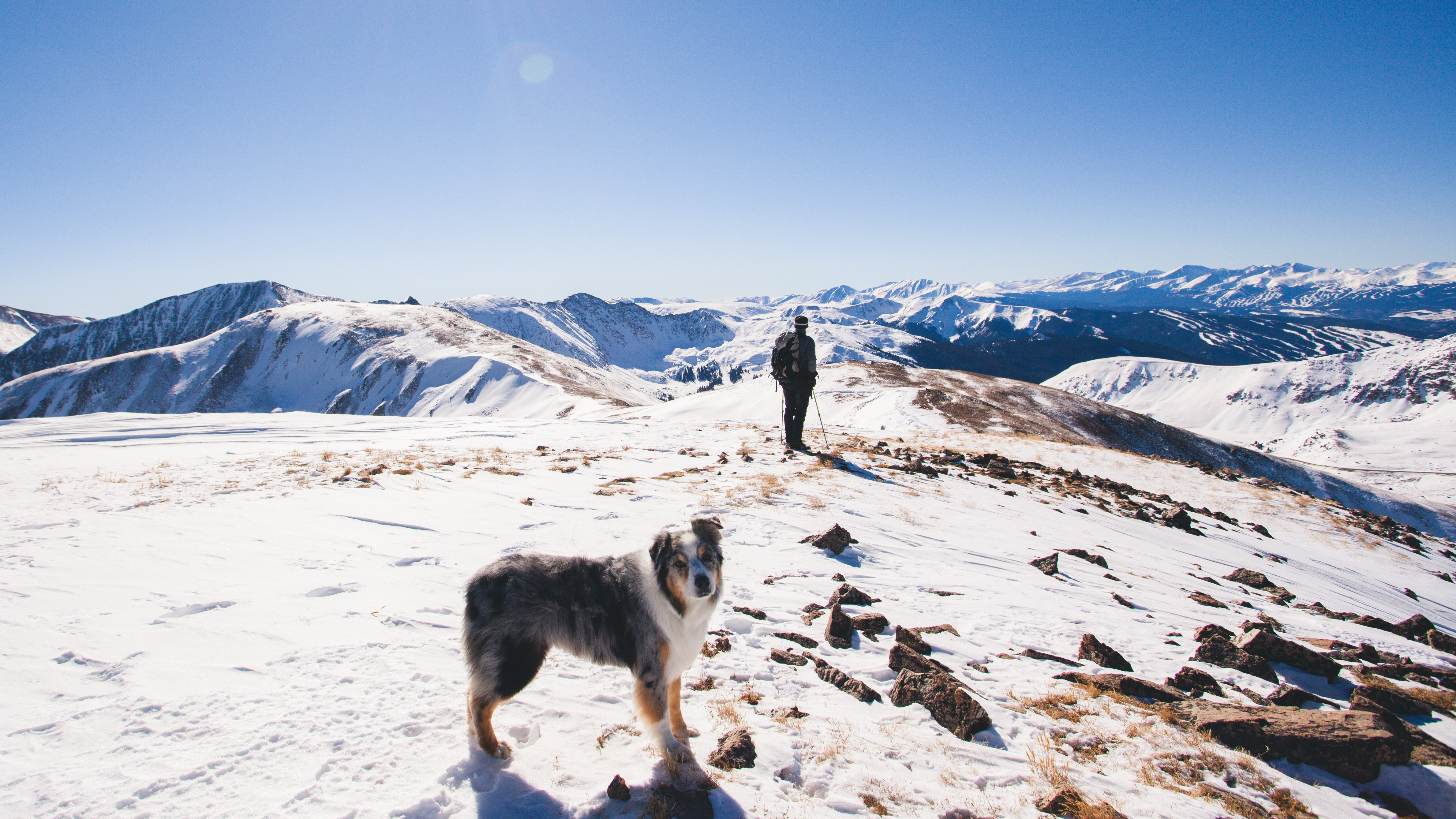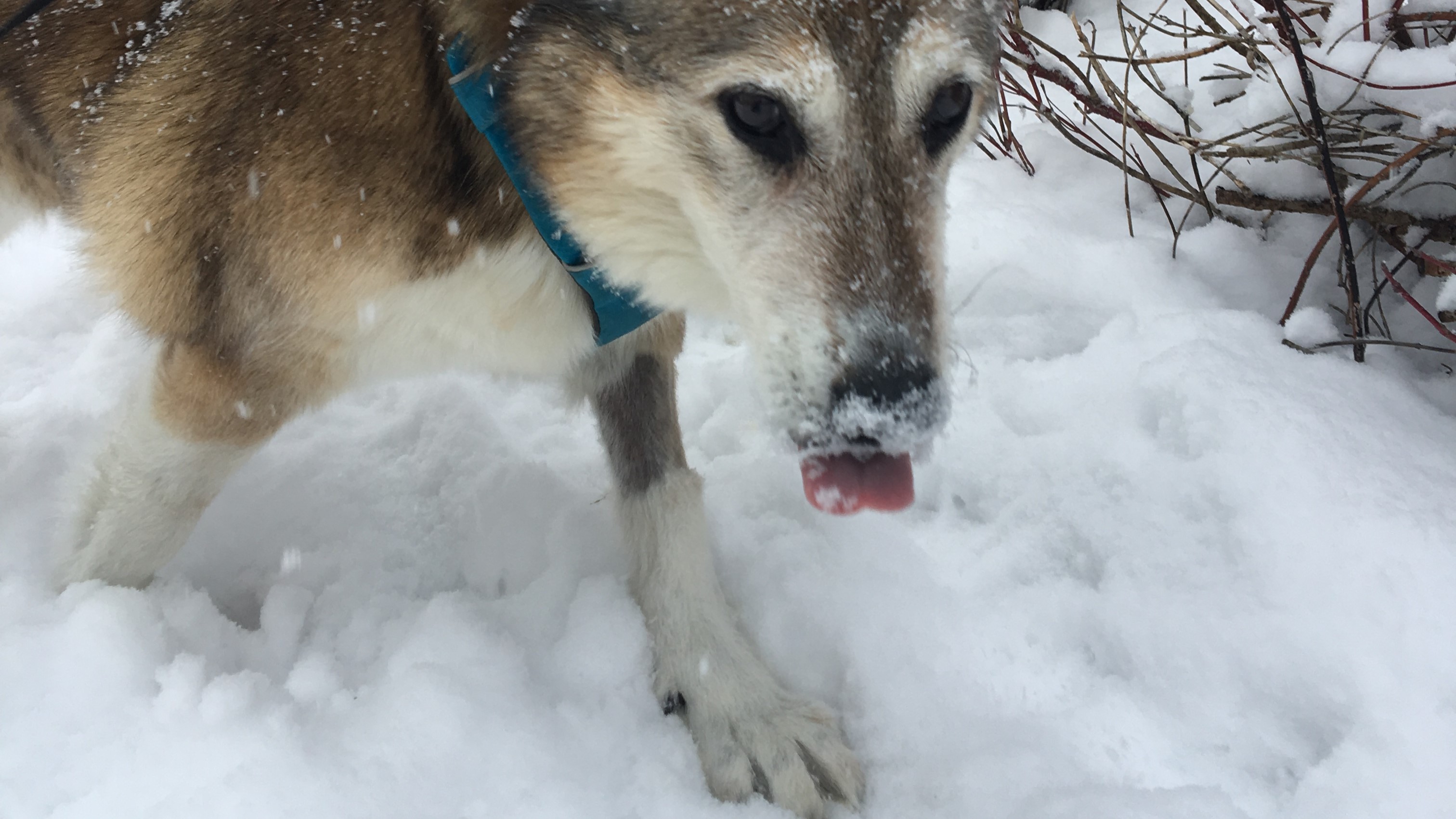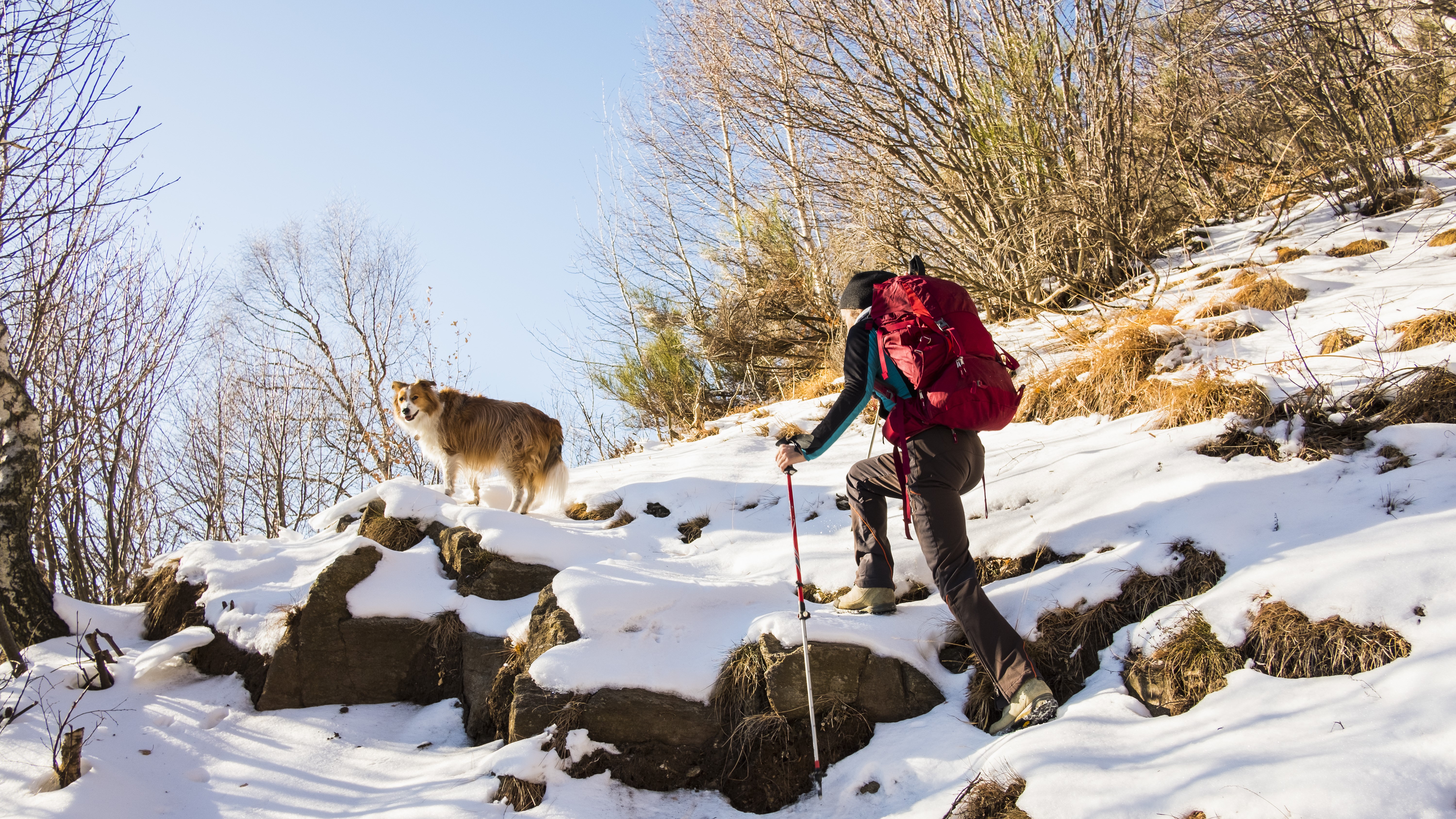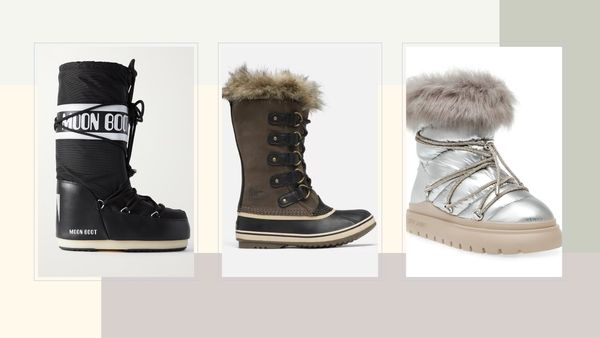
With cold weather underway, there’s nothing that really compares to bundling up in your warmest gear and hitting the trail while your canine companion frolicks in the snow. Particularly if you have a snow dog breed, the colder months are some of the most beautiful and rewarding for you both to get out there.
However, despite their warm coats, dogs are susceptible to ice and snow just like we are. My old husky/shepherd mix Daisy was never happier than during Colorado winters, but we had to take extra care to look after her health in winter, as she’d walk for miles with frozen paws just to please us.
It’s particularly important to take good care of your dog's paws, which can be prone to frostbite and dry, chapped skin. If you’re planning on hiking with your dog this winter, check out the following tips to protect their paws from snow, ice and cold.

1. Check their paws
Before setting off on a snowy or ice hike, take a look at your pooch’s paws to check they don’t have any abrasions or sores. If their skin is already chapped or cracked from the cold weather, gritty streets or any other misadventures, a snowy outing could further aggravate them.
2. Trim their nails
I learned this the hard way with my dog. When her nails were too long, it caused her paws to splay out wider on icy surfaces, and that meant bigger gaps to accumulate balls of packed snow and ice. Keep your dog's nails trimmed to avoid frozen build up, as well as cracked nails which can cause bleeding.
3. Dress them in booties
Just as you probably wouldn’t head out in winter without your hiking boots, your dog might be happier wearing snow booties like these ones by RuffWear that actually have Vibram soles to provide good traction. In general, I cringe at the idea of dressing up dogs in clothing, but these can really help your furry friend find their footing in the snow, especially if they’re not a snow-loving breed (and even if they are, snow closer to town can contain chemicals and grit that’s problematic).
The most important thing to remember about dog booties is that they need time to break them in, so don’t make your first outing in them a six-miler. Let them wear them for a short neighborhood walk and see how they get on, then start increasing time and distance and check their paws after each walk.

4. Apply paw balm
If boots don’t work for your canine, I had a lot of success with dog paw balm which you can apply to your dog’s paws both as a healing salve for chapped, dry skin and to prevent that troublesome build up of ice and snow in their paws. Petroleum jelly works too – just apply generously before your hike.
5. Wipe their paws
When you get indoors from your hike, take a warm, damp cloth and wipe their paws to free them of any harmful agents that might have been picked up in their paws that they could lick off, and give them a dry with a towel. Now, all that’s left is to give Fido a treat.










